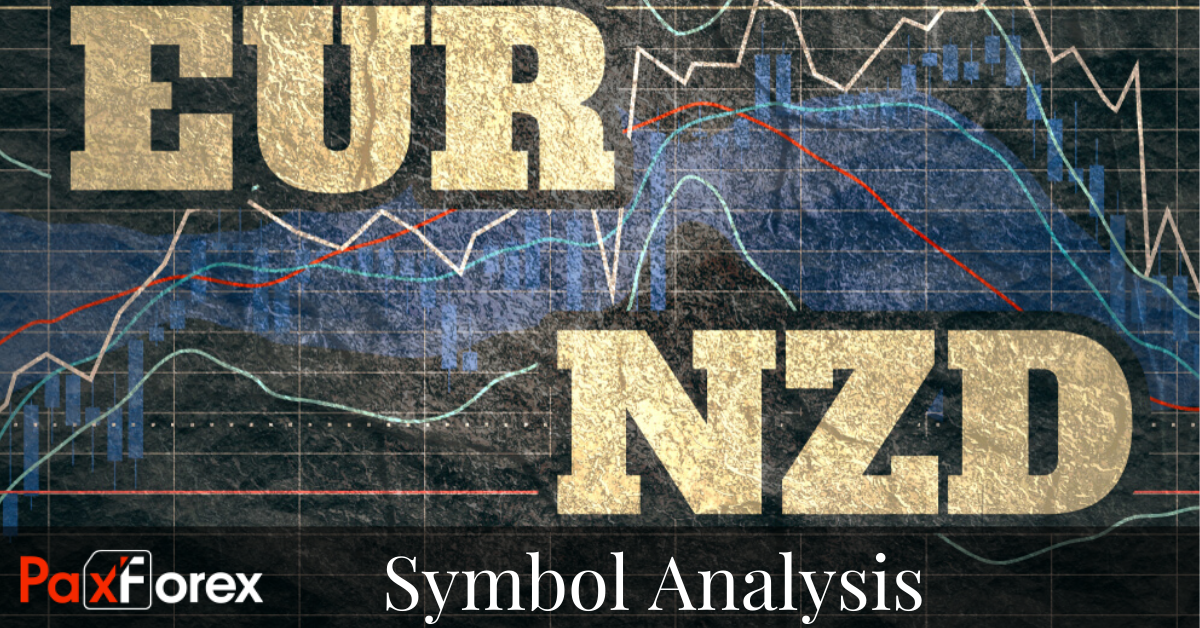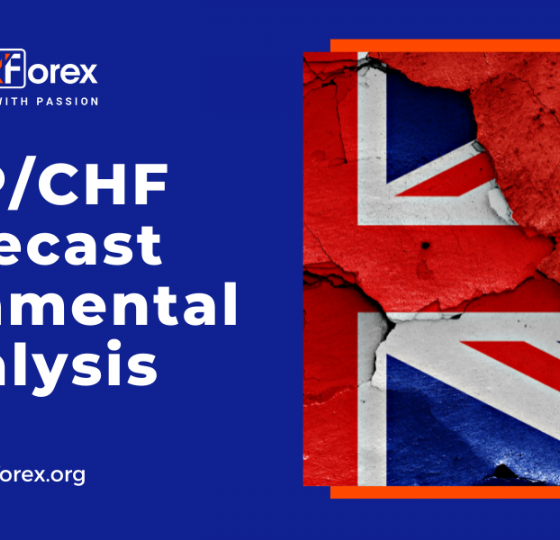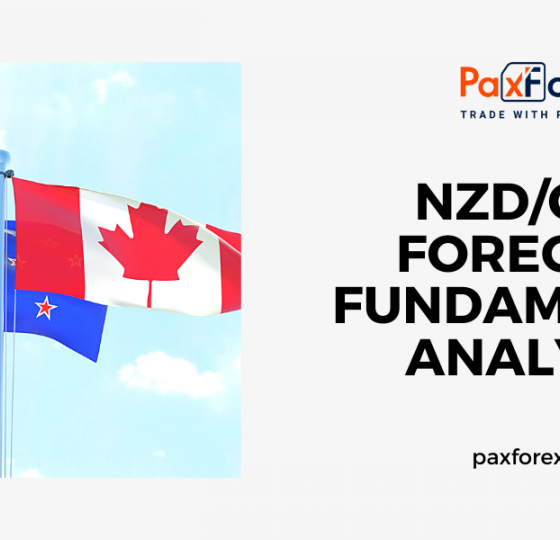
February 24th 2020.
Forex traders await German UFO data for February, the critical market-moving economic event during today’s light start to a fresh trading week. Expectations call for a minor slowdown across all three components. A softer than anticipated report is expected to apply more downside pressure under the struggling EURNZD, currently in a holding pattern inside of its horizontal resistance area. Where will price action move to next? Subscribe to the PaxForex Daily Fundamental Analysis and grow your balance trade-by-trade.
New Zealand retail sales excluding inflation for the fourth-quarter posted a sharp slowdown, clocking in below economists predictions. Credit card spending in January was robust, but the New Zealand government lowered its 2020 GDP forecast. With the EURNZD pressuring its horizontal resistance area, will bulls force a breakout or can bears initiate a reversal? Today’s fundamental analysis will take a look at the upside potential as well as the downside risk in this currency pair.
Here is the key factor to keep in mind today for Euro trades:
- German IFO: The German IFO Business Climate Index for February is predicted at 95.3. Forex traders can compare this to the German IFO Business Climate Index for January, which was reported at 95.9. The German IFO Current Assessment Index for February is predicted at 98.6. Forex traders can compare this to the German IFO Current Assessment Index for January, which was reported at 99.1. The German IFO Expectations Index for February is predicted at 92.1. Forex traders can compare this to the German IFO Expectations Index for January, which was reported at 92.9.
Here are the key factors to keep in mind today for New Zealand Dollar trades:
- New Zealand Retail Sales excluding Inflation: New Zealand Retail Sales excluding Inflation for the fourth-quarter increased by 0.7% quarterly. Economists predicted an increase of 0.8% quarterly. Forex traders can compare this to New Zealand Retail Sales excluding Inflation for the third quarter, which increased by 1.6% quarterly.
- New Zealand Credit Card Spending: New Zealand Credit Card Spending for January increased by 1.3% monthly and by 3.7% annualized. Forex traders can compare this to New Zealand Credit Card Spending for December, which decreased by 0.9% monthly, and which increased by 3.5% annualized.
Should price action for the EURNZD remain inside the or breakdown below the 1.7100 to 1.7175 zone the following trade set-up is recommended:
- Timeframe: D1
- Recommendation: Short Position
- Entry Level: Short Position @ 1.7145
- Take Profit Zone: 1.6615 – 1.6700
- Stop Loss Level: 1.7200
Should price action for the EURNZD breakout above 1.7175 the following trade set-up is recommended:
- Timeframe: D1
- Recommendation: Long Position
- Entry Level: Long Position @ 1.7200
- Take Profit Zone: 1.7275 – 1.7345
- Stop Loss Level: 1.7145
Open your PaxForex Trading Account now and add this currency pair to your forex portfolio. Online forex trading remains the most popular segment of the global financial market, sign-up now with PaxForex and earn more pips per trade!
We are one of the fastest growing Forex Brokers in the Market. Trade with PaxForex to get the full Forex Trading experience which is based on...
- The Reliability on all Assets in the Market
- Trusted Worldwide for over a Decade
- Live Multi-Lingual Online Support 24/5














